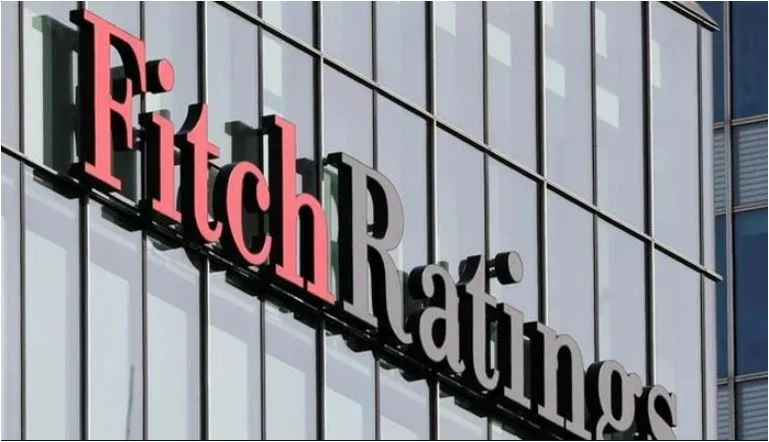
Despite ongoing challenges, Pakistan’s economy is showing signs of stability, with external payments and financial reforms at the center of the recovery plan. State Bank of Pakistan (SBP) Governor Jameel Ahmad revealed on Monday that out of $26 billion in external obligations for the current fiscal year, $16 billion are expected to be rolled over or refinanced. Meanwhile, $8 billion from the remaining amount has already been paid.
Inflation Eases, But Caution Ahead
Speaking at the opening ceremony of Pakistan Literacy Week in Karachi, Ahmad addressed both achievements and risks. He noted that inflation, which had surged in previous years, dropped significantly to 0.7% in March 2025 due to policy tightening. However, he warned that inflation could rise again in the coming months.
The SBP had previously raised interest rates sharply and imposed import restrictions to contain the economic crisis. These efforts helped reduce the trade deficit, narrow the gap between interbank and open market exchange rates, and stabilize the Pakistani rupee.
Read: PM Urges Kabul to Act Against TTP, Calls for Respect of Doha Agreement
Current Account Turns Positive
One of the key highlights of Ahmad’s address was the shift in the country’s current account position. “Despite all odds, our current account is now in surplus,” he stated. The surplus reflects improved trade balances, reduced imports, and targeted economic reforms. This marks a significant turnaround from a $1.7 billion deficit recorded the previous year.
Ahmad also projected that foreign exchange reserves would exceed $14 billion by June 2025, further strengthening Pakistan’s financial position.
Moderate Growth Outlook
Discussing Pakistan’s growth prospects, Ahmad forecasted GDP growth between 2.5% and 3.5% for FY2025. He added that a strong performance in the agriculture sector could push growth as high as 4.2%. While not robust, this forecast represents cautious optimism amid a global and domestic slowdown.
He acknowledged the tough economic environment of 2022, when Pakistan was battling rapid inflation, dwindling reserves, and a steep depreciation of the rupee. At one point, reserves had fallen to the equivalent of just two weeks’ worth of imports.
Financial Inclusion and Literacy as Priorities
The SBP governor placed strong emphasis on financial literacy and inclusion as key pillars of the central bank’s strategy. He stated that the bank aims to raise financial inclusion from the current 64% to 75% by 2028. He reaffirmed that during Pakistan Literacy Week, activities across the country will aim to educate people on money management, banking, and economic participation.
Ahmad expressed high confidence in the SBP team, saying, “I trust my team up to 98%.” He credited them for helping the country steer through turbulent times and implement policy responses that led to current improvements.
Eyes on Reform and Resilience
With inflation set to rebound and global uncertainty still in play, Ahmad urged sustained focus on reform. He emphasized the need for continued discipline, long-term planning, and broad-based collaboration to maintain economic momentum.
“We’ve made progress,” he concluded, “but we must stay committed to building a resilient and inclusive financial future.”
Follow us on Google News, Instagram, YouTube, Facebook,Whats App, and TikTok for latest updates











